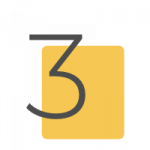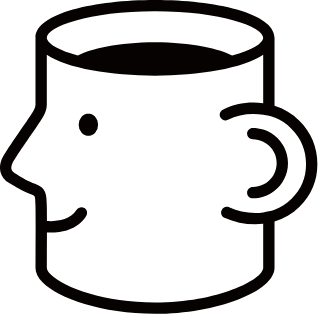Do you know how to use DE in Chinese? All three of them: 的, 地, and 得?
We hear many students find this tricky as some of the differences are quite subtle. If you think the structure is a total nightmare – you’re not wrong. However, don’t stress, we’ve got the solutions.
Instead, watch our video and read below, as we explain it in a simple way. You’ll never forget or mix up the correct DE again!
How to use DE in Chinese
👉 的 (de) is made of 2 parts: 白 bái (white) on the left, and 勺 sháo (spoon) on the right. So it’s called 白勺的 (báisháo de) or “White-Spoon” De.
🔹Meaning:
的 is a possessive particle. It’s used with nouns.
How to use DE in Chinese
👉 地 (de) is made of 2 parts: 土 tǔ (earth) on the left, and 也 yě (too) on the right. So it’s called 土也地 (tǔyě de) or “Earth & Too” De.
🔹Meaning:
地 is used before a
verb/adjective, linking it to an adverb. It’s similar to -ly in English.
How to use DE in Chinese
👉得 (de) is made of 2 parts: 彳 which is called “double person”
because it has an extra line over “person” (亻), and a sound component 㝵 dé which doesn‘t carry any meaning. So it’s called 双人得 (shuāngrén de) or “Double-Person” De.
🔹Meaning:
得 links the verb or
adjective to adverbs.
💡EXERCISE:
Do you think you know how to use DE in Chinese now?
Fill in the text below with different types of [de] (的, 地, 得) and see!
今天上课的时候他积极(…)回答了老师(…)问题,老师表扬了他,相信他下次表现(…)会更好!
So what do you think? Let us know your thoughts or questions on our social media or in the comments. We are always happy to help with your learning journey! Learn more about Chinese grammar on our That’s Mandarin blog or check out our NiHaoCafe trial class if you’re ready to practise using the grammar one-on-one!
Alternatively, if you feel more confident now, why not look at our blog talking about about taking the HSK test? After all, with good grammar, comes good exam grades 😉
View this post on all our social media accounts – and see how other learners have replied to it! 👉


